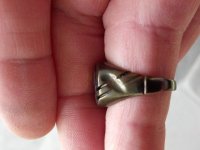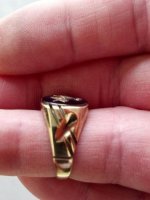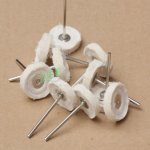onthespot
Elite Member
With the Gold prices dropping and after seeing some of these before/after photos of rings that have been buffed & polished, I decided to make a Dremel stand. I would like to try and start selling rings for over melt. After looking at homemade stands on the web, I took my ideas to my sons woodworking teacher, and here are the results. Needless to say, I am Happy with the outcome. The stand is anchored with a weight that the school PE coach threw out because of rust. The corners are angled (for my fat hands) and you don't have to remove Dremel to change bits. Sadly my first attempts have not turned out well. It is not as easy as it looks. But I did sell my first ring of $150 over melt, it did not hurt that it was a 18K Cartier!
Enjoy
Enjoy


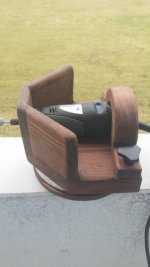
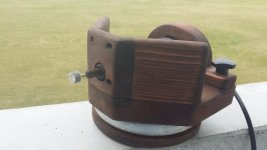
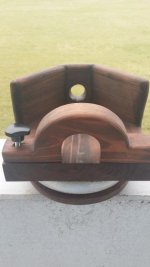
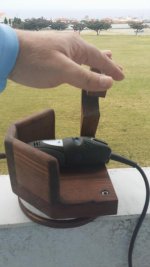
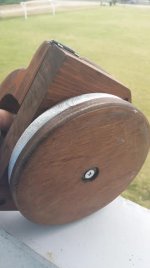
 That really cool, great job!
That really cool, great job! Nice job!
Nice job! All the different buffing/polishing compounds and rouges, felt/cotton/sisal/silicon buffing wheels, points, etc. etc...makes my head spin!
All the different buffing/polishing compounds and rouges, felt/cotton/sisal/silicon buffing wheels, points, etc. etc...makes my head spin! 

